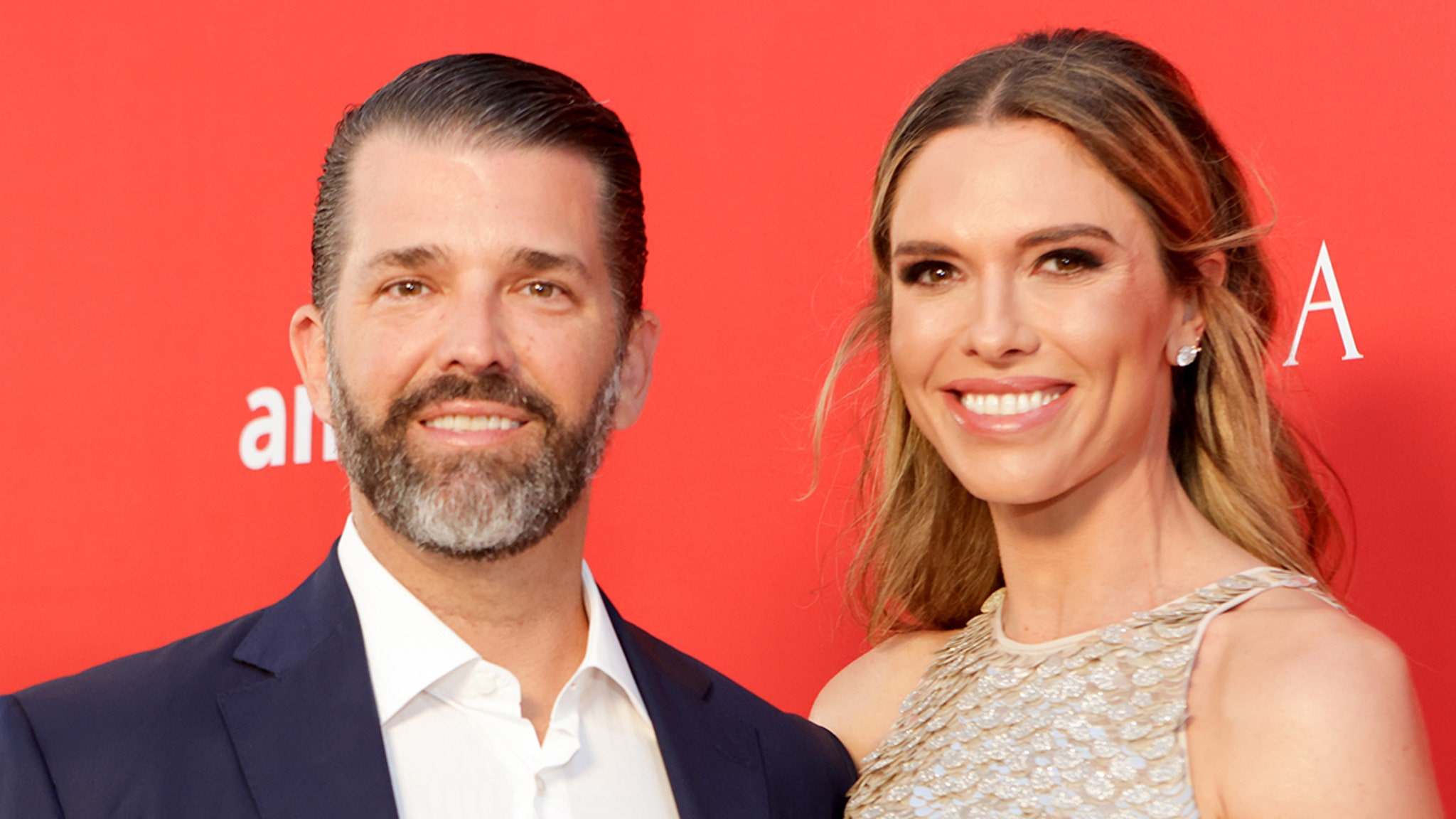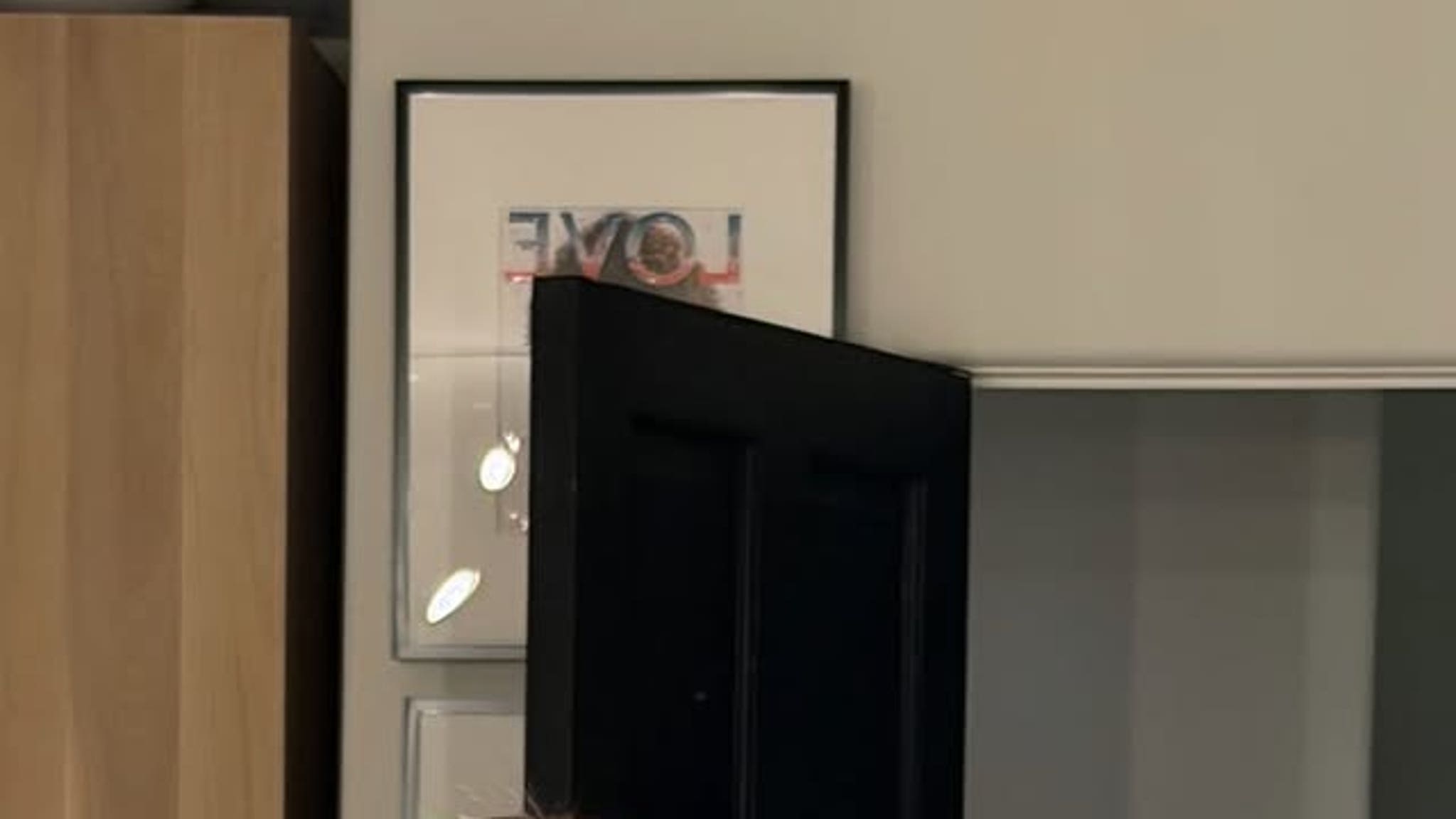“We’re making Big Brother in the Nazi House,” Polish cinematographer Łukasz Żal said director Jonathan Glazer told him when they started plotting their haunting and experimental Holocaust drama The Zone Of Interest.
The pic, written and directed by Glazer, is based on the novel by the late Martin Amis and follows Rudolf Höss, head Commandant of Auschwitz, and his wife Hedwig. The couple leads an idyllic life in a handsome villa, cavorting with their numerous children at a nearby lake and in their pool and a large garden that abuts the wall of the concentration camp. There’s no real plot or arc to the narrative. Instead, the film offers up the horrifying reality of the family’s life for the audience to inspect.
Led by years of research in collaboration with the Auschwitz museum, the production recreated the Höss house and shot the picture with what Żal described as complete objectivity. This process required Glazer, Żal, and co. to create a fiendishly accurate and open film set free of traditional film set constructions.
“There was no crew on set, no lights or film gear, just ten cameras, sometimes hidden in bushes, walls, and cupboards,” Żal said.
The pic took the Grand Prix at Cannes and has since been chosen as the UK’s entry for the Best International Feature Film category at the 2024 Oscars. Żal, who was Oscar-nominated for his work on Paweł Pawlikowski’s Cold War, spoke with Deadline on the ground at Camerimage, where The Zone Of Interest is screening in competition. We discussed how he and Glazer approached their experimental Holocaust pic, how reality TV influenced their visual language, and why audiences will never see him shoot a superhero film.
Camerimage runs until Nov 18.
DEADLINE: Łukasz, I know Jonathan had been working on this film for many years. How did you get involved?
ŁUKASZ ŻAL: Jon came to me with the idea of shooting with ten cameras. So we were shooting everything in one or two hours, and there were no resets. There was no crew on set, no lights or film gear, just ten cameras, sometimes hidden in bushes, walls, and cupboards.
The weather is changing in the shot. The sun is going up or down, clouds are coming, people are walking around, and then you cut everything perfectly. The idea was not to judge, fetishize, or glamorize. We didn’t want to manipulate the audience’s decisions with framing or camera position. We wanted to make a film where you couldn’t feel an author behind the camera. We were trying to be as objective as possible and create a camera that could be a big eye for the audience.
DEADLINE: You didn’t use lights at all?
ŻAL: Never. Only once to simulate the flame of the crematorium on the face.
DEADLINE: What you’re describing to me really resembles reality TV.
ŻAL: That was the thing that Jon told me. We’re making Big Brother in the Nazi House. On reality TV, the cameras are often under the ceiling, which is more like CCTV, and we were more looking for objectivity and geometry of the frame, but the approach was the same.
DEADLINE: So where were you and the crew when the cameras were rolling?
ŻAL: We were in a container like a mission control container. It was me, Jon, our first AD, the sound team, and the costume designer. That was our key decision-making crew. Cables ran from the house to the containers and down to the basement, where the focus pullers were hiding. We were all hidden. And then actors could come on set and just live there for a few hours cooking and cleaning.
DEADLINE: There is one part of the film that isn’t Objective. The black-and-white dream sequences…
ŻAL: Yes, those are thermal images. It was also Jon’s idea. He wanted to investigate the idea of shooting with no light because, at the time, there were blackouts at the house at night. So how can you shoot at night with no light, and we are not using any light? That’s why we used the thermal camera. We wanted to be as close to reality as possible. We also used artificial intelligence to upscale those images because the camera was very low resolution. They were old military cameras. Also, the young girl in those scenes represents the light and hope in all the darkness.
DEADLINE: Did you and Jonathan ever fear the distance you were creating from the audience may turn off some viewers?
ŻAL: That’s mostly Jon’s responsibility because he is making final decisions. I can adjust framing or camera position. I have great respect for him. He was so uncompromising. He started work six years before shooting, sitting in the archives, meeting with the director of the Holocaust museum, and studying. He called me and said we need to do something new. We need a completely different approach. He’s a very bold guy. Indeed, it’s not a typical narrative construction, which is great because the most beautiful and honest things happen on the border of mistakes and catastrophes. And that was every day for us. But over time, you find the solution. It was an amazing process.
DEADLINE: Was it a long shoot?
ŻAL: Yeah, it was 50-something days.
DEADLINE: This is your first film since you shot Charlie Kaufman’s ‘I’m Thinking of Ending Things.’ Why is that? I’m sure you’ve been sent many scripts since the Oscar nomination.
ŻAL: There are a lot of scripts, but not so many for me. I need to be connected to a project. I cannot make Spiderman. I wouldn’t even be able to make black and white Spiderman. I’m very picky, but sometimes, I would love not to be like this. It would be easier to live, that’s for sure, but I tried a few times, and it didn’t work. The film must always in some way resonate with me.







